IATA's airport security checkpoint of the future gains traction
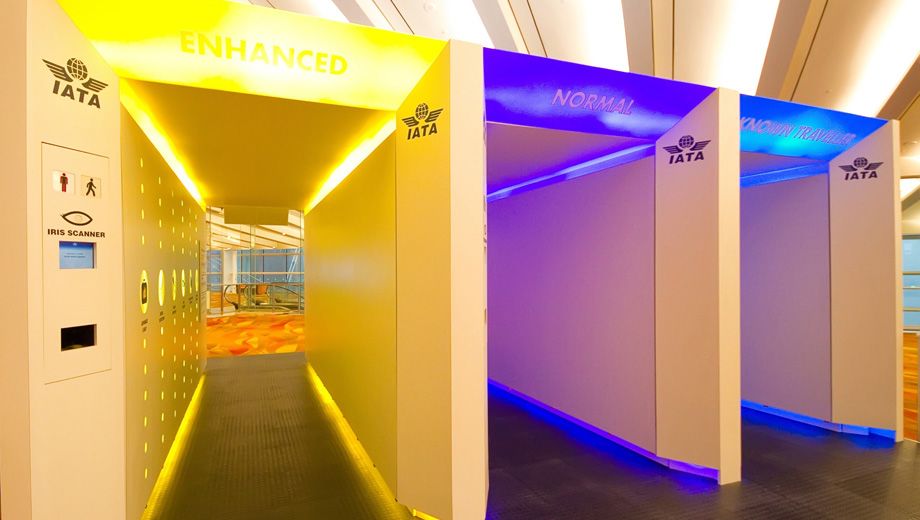
Airport security: it's a pain. Even if you have the fast track express path card, it can be a frustrating experience, not least when the "slow track" lane moves faster than yours at key business travel times. And let's not even talk about the invasive patdowns that are spreading from the USA to international airports all the time.
But IATA -- an industry network for airlines -- thinks it has the solution: the 'checkpoint of the future', a high-tech tunnel model that the association debuted earlier this year in Singapore.
Since then, we've seen the proposals spread around the air travel industry, appearing in presentations, investor relations documents and corporate strategies. It's impressive how much traction the proposals for change -- any change -- have received.
IATA's proposed system contains three high-tech tunnels, each six metres (20 feet) long and fitted with an array of scanners, liquid detectors and even eye scanners all concealed behind translucent walls.
Travellers are directed towards one of three lanes, leading into the separate tunnels, based on a more intelligent 'risk-based' approach rather than treating all passengers with a 'one size fits all' approach.
The first line is for "known travellers” or frequent flyers recognised by a chip in their passport, an APEC-style card or other travel documentation, and who have already undergone government background checks.
The “normal screening” lane, which would apply to most holiday-makers and infrequent travellers. The third “elevated risk” lane is for high-risk passengers, those for whom there is little information available on record, and also some travellers chosen at random.
There's more embedded tech and security scans in the higher-risk lanes compared to that for frequent and pre-screened travellers, as this photo below shows.
“We spend $7.4 billion a year to keep aviation secure, but our passengers only see hassle" explained IATA chief Giovanni Bisignani at the debut of the concept mockup. "Passengers should be able to get from curb to boarding gate with dignity. That means without stopping, stripping or unpacking, and certainly not groping. That is the mission for the Checkpoint of the Future."
Bisignani points out that "today's checkpoint was designed four decades ago to stop hijackers carrying metal weapons. Since then, we have grafted on more complex procedures to meet emerging threats. We need a process that responds to today’s threat. It must amalgamate intelligence based on passenger information and new technology. That means moving from a system that looks for bad objects, to one that can find bad people."
Bisignani estimates that we could see the first of these checkpoints within five years, but notes that “we have the ability to move to the biometric scanning and three-lane concept right now. And while some of the technology still needs to be developed, even by just re-purposing what we have today, we could see major changes in two or three years time."
A driving force behind IATA's 'Checkpoint of the Future' concept is the desire to radically streamline and speed up this part of the travel experience, and encourage those who must travel over relatively short distances to choose air rather than high-speed rail, which is becoming a serious competitor to airlines as passengers spurn the ordeal of airport security and the need to arrive for over hour before their flight.
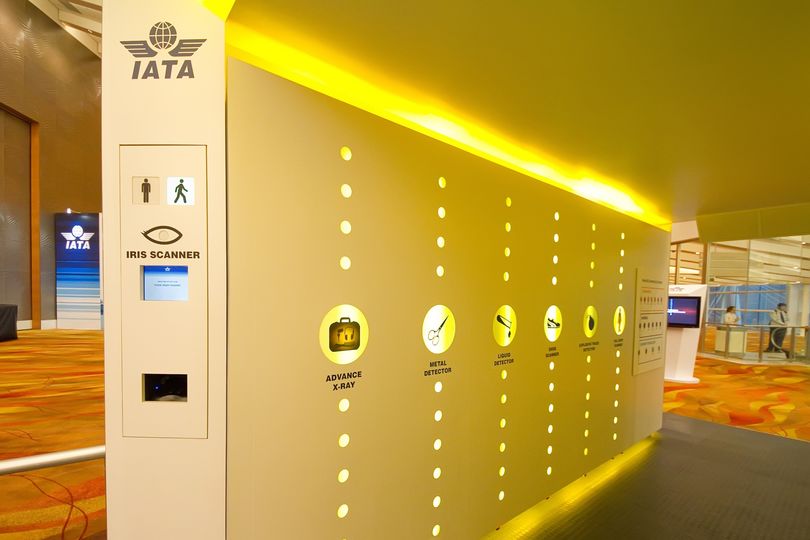
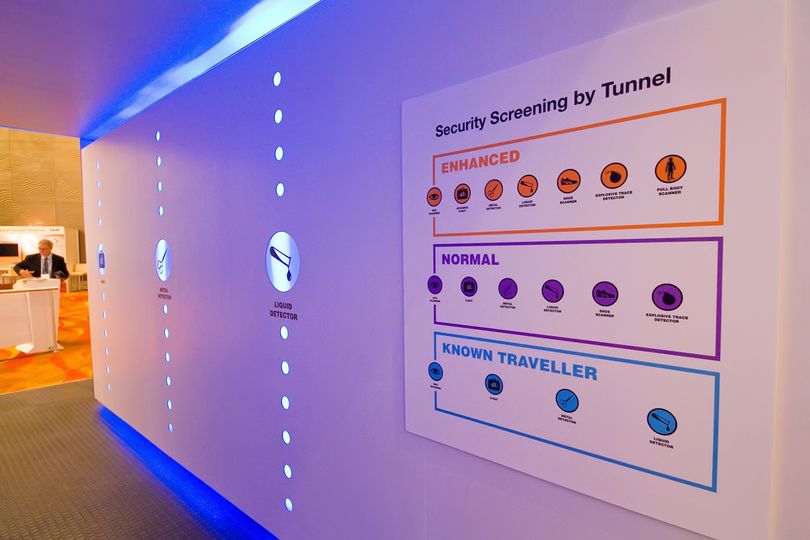
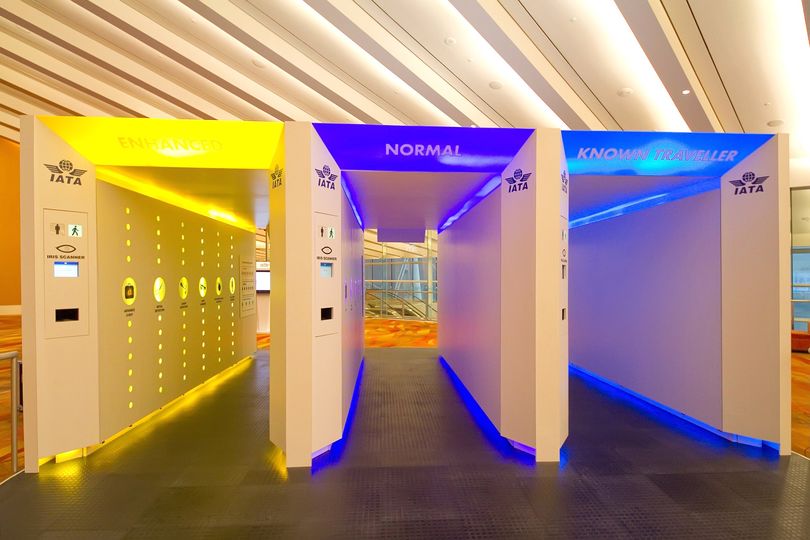
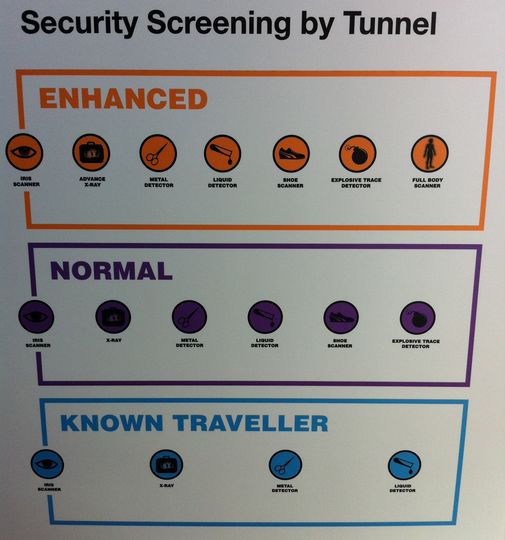

Hi Guest, join in the discussion on IATA's airport security checkpoint of the future gains traction